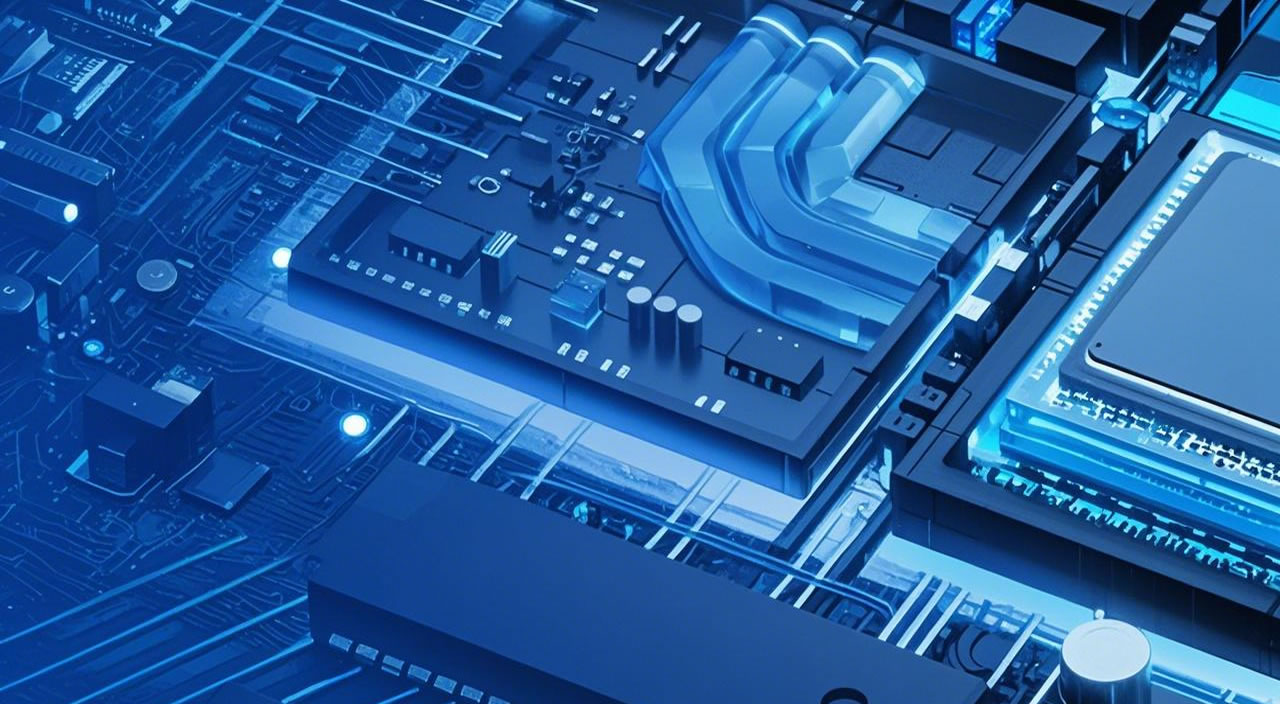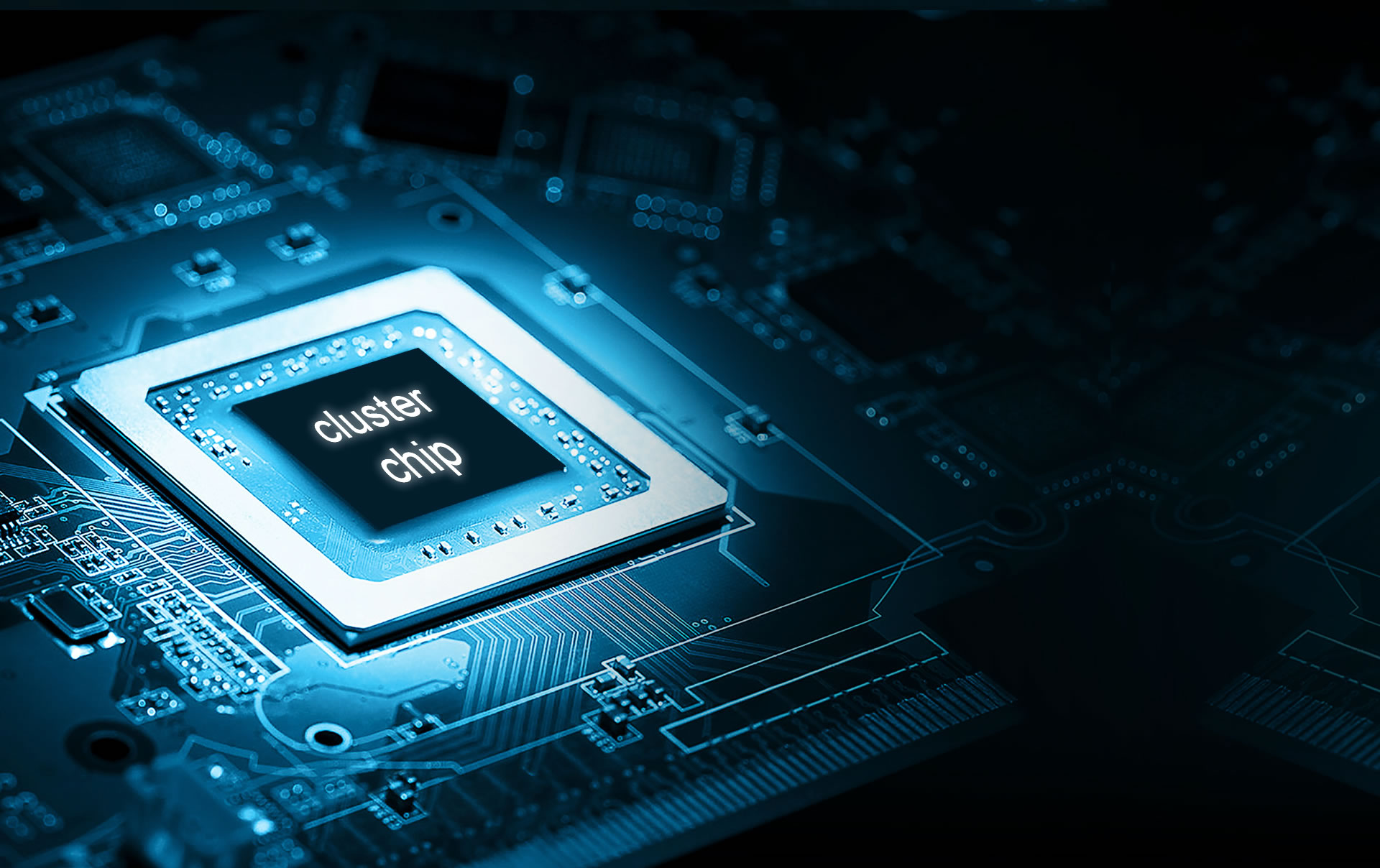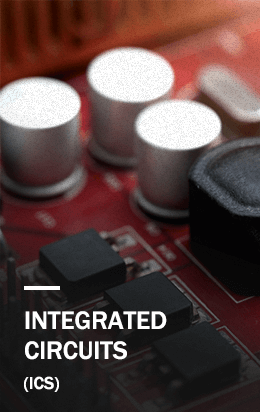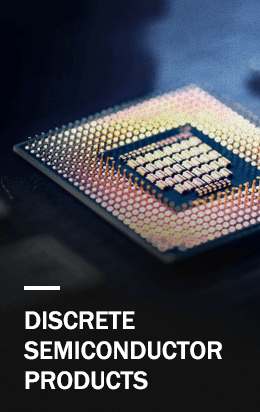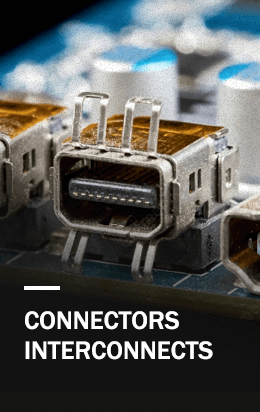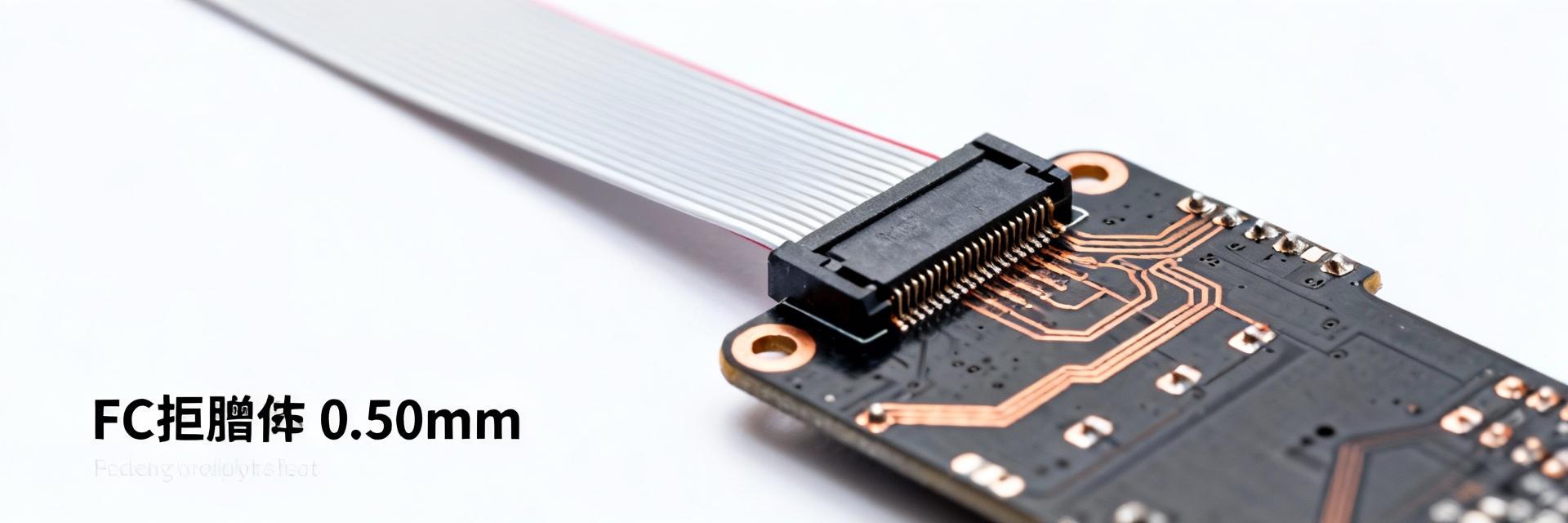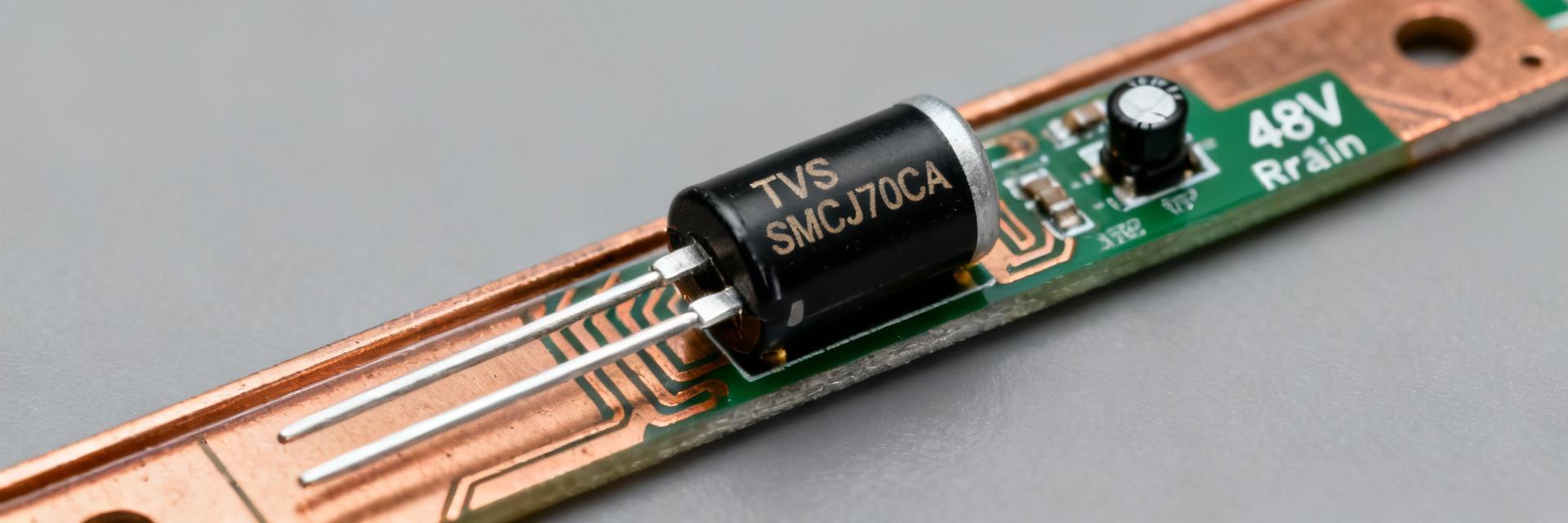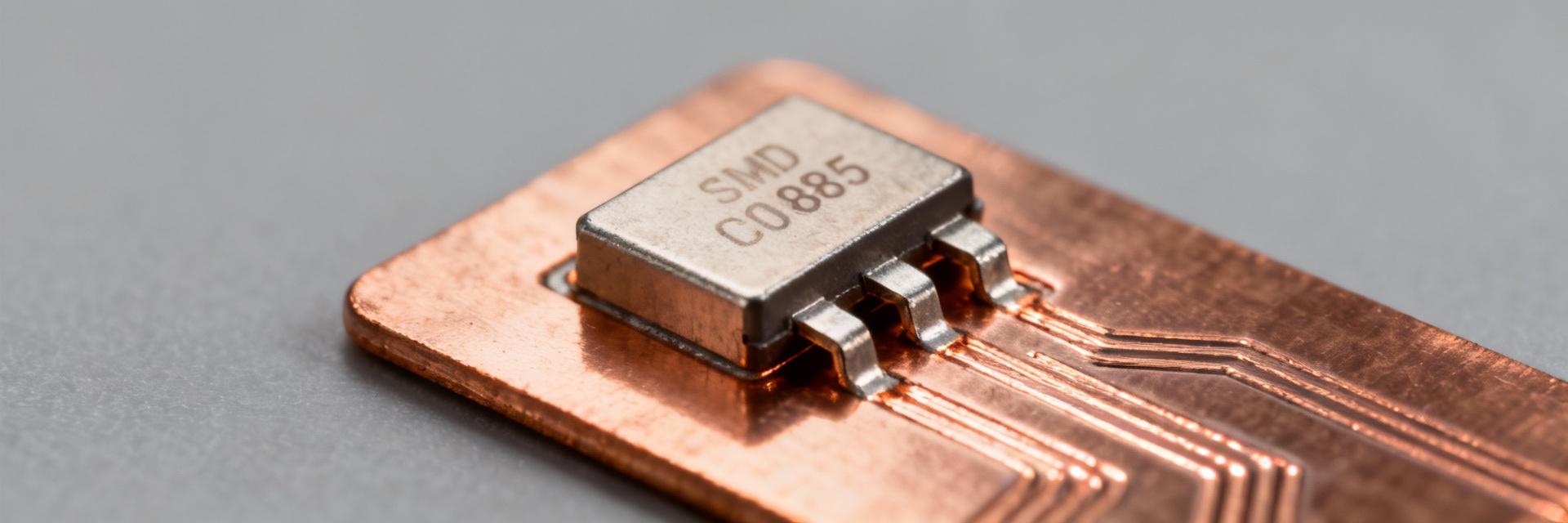The KRPA-11AN-12 relay is a mid-power plug-in electromechanical relay widely used in control panels and industrial automation thanks to its DPDT contact arrangement, 10 A contact rating, and 12 VAC coil. This article breaks down the relay’s specs and expected behavior in real-world use, outlines recommended installation and bench-test procedures, and presents guidance for selecting equivalents or replacements. Readers will get a clear picture of electrical and mechanical characteristics, live switching and thermal performance, test methods to reproduce those results, and a practical buying checklist. The discussion emphasizes measurable parameters—contact ratings, coil current (~168 mA at 12 VAC), switching voltage (up to 240 VAC), and how those translate to system design decisions.
Information here synthesizes datasheet numbers and field-test methodology so engineers and technicians can plan safe bench trials and evaluate suitability for control, HVAC, and machine applications. The article highlights how coil drive, contact material, and mounting impact lifecycle and thermal behavior, and it includes recommended measurement setups (oscilloscope + current probe, thermocouple placement, cycle test protocols). Secondary focus keywords such as "specs" and "performance" are used throughout to make key comparisons easy to find for procurement and test teams.
1 — Product overview & quick specs (background intro)
What "KRPA-11AN-12" denotes
The model code decodes important design and interface points. "KRPA" identifies the Potter & Brumfield / TE Connectivity general-purpose plug-in relay family designed for octal-socket mounting. The "11" in the code indicates a 2 Form C contact arrangement (DPDT) — two poles with common, normally open, and normally closed contacts. The "AN" suffix typically designates standard, non-latching construction and specific internal options; the final "12" denotes a 12 VAC coil rating. In practical terms this means a non-latching, octal-plug relay that expects an AC coil drive (not a DC coil) and presents a standard octal pinout for socketed panel installation. Designers should note the AC coil implication for driver circuitry and the DPDT nature for switching two independent circuits or using one pole for switching and the other for status/signaling.
Top-line specs at a glance (quick reference)
Core specifications that matter most for quick selectioncontact arrangement DPDT (2 Form C); rated load 10 A per contact; maximum recommended switching voltage up to 240 VAC; coil rating 12 VAC with typical steady current near 168 mA (implying coil VA ≈ 2.0 VA); termination via standard octal plug/socket; common agency approvals (many catalog listings show UL recognition). Suggested one-line summary bullets suitable for spec boxes areDPDT 2 Form C, 10 A @ 240 VAC; coil 12 VAC, ~168 mA; octal plug termination; designed for general-purpose control panel duties. These top-line items let procurement and engineering quickly assess fit for a target circuit and indicate what further verification (e.g., contact material or inrush handling) is required for inductive or motor-starting applications.
Key differentiators vs other KRPA variants
Within the KRPA family, coil voltage options (e.g., 6 VAC, 12 VAC, 24 VAC, 120 VAC) and contact material codes create the main product differences. A 24 VAC or 120 VAC version reduces coil current and changes driver requirements, while certain contact codes (Ag, AgCdO, silver alloys) alter switching lifetime and arc resistance. For instance, a 24 VAC variant draws about half the coil current of a 12 VAC coil, easing transformer loading but changing coil inrush and steady-state VA. Contact material choices influence both allowable switching frequency under inductive loads and expected contact resistance growth over cycles. Practically, choosing between KRPA variants depends on available control voltage, socket inventory, and the expected type of load (purely resistive vs inductive/motor loads).
2 — Electrical & mechanical specifications deep-dive (data analysis)
Contact ratings & arrangement (detailed specs)
The KRPA-11AN-12 uses a DPDT (2 Form C) contact arrangement enabling two isolated circuits. Each contact is typically rated at 10 A resistive at up to 240 VAC; ratings for DC switching are usually lower and should be confirmed on the datasheet due to arcing behavior at DC. Maximum switching power should be read as both voltage and current limits (for example, 10 A @ 240 VAC equals 2400 VA for a single contact), but switching inductive or motor loads requires derating or a contactor. Contact materials (commonly silver alloys like AgCdO) influence both initial contact resistance (milliohm range) and the wear curve across electrical cyclesnoble silver alloys handle general-purpose loads well, but highly inductive switching or frequent arcing shortens life. Interpreting datasheet life ratings—mechanical cycles (no load) vs electrical cycles (rated load)—lets engineers estimate replacement intervals for high-duty installations.
Coil characteristics & drive requirements
Nominal coil voltage is 12 VAC with a typical steady-state current near 168 mA; coil resistance (measured at ambient temperature) corresponds to that current and yields coil VA around 2.0–2.5 VA. AC coils have inrush/steady distinctions due to inductance and core magneticsinitial transient current can be higher during the first half-cycle, and coil impedance shifts with frequency and temperature. Recommended drive circuitry for a 12 VAC coil is an isolated transformer or regulated AC source sized to handle coil VA times the number of relays plus margin (e.g., for ten relays at 2 VA each, allow a 25 VA transformer). When measuring coil current, use a true-RMS meter or current clamp; measure coil voltage under load to confirm nominal VAC. Coil heating over time is modest but must be included in cabinet thermal budgets, especially where many relays are densely packed.
Mechanical specs, mounting & environmental ratings
KRPA relays are intended for octal-socket mounting (standard 8-pin base) and are available in panel plug-in or PCB-solder variants. Typical physical dimensions are compact for panel relays, but designers must verify clearance for coil and contact arcs, and account for recommended socket retention or snubbing for vibration environments. Pinout follows standard octal assignment—confirm with the datasheet before wiring. Shock and vibration ratings, if specified, determine suitability for mobile or industrial vibration-prone environments; operating temperature ranges for similar relays are often −40 to +85°C but should be checked on the specific datasheet. Enclosure selection must consider relay thermal rise, pin insulation distances for the 240 VAC rating, and socket strain relief for high-current conductors.
3 — Live performanceswitching, endurance & thermal behavior (data + performance)
Switching performance & contact behavior
Key switching metrics include operate/release times (typically in the single- to tens-of-milliseconds range for general-purpose relays), and contact bounce that can be tens to hundreds of microseconds. Measuring these requires an oscilloscope with a voltage probe across the contact and a current probe for load; triggering on coil drive lets capture operate/release waveforms. For resistive AC loads, contact closure is clean and predictable; for inductive loads bounce and arcing duration can increase. Standard test methods include measuring contact bounce time and peak bounce voltage, then correlating to the load type to decide if suppression (snubber RC, MOV) is needed. Documented live switching should show contact resistance before and after tests and note any arcing or welding events under worst-case conditions.
Load handlingresistive, inductive & motor-start cases
At rated 10 A resistive loads, the relay typically performs reliably for many thousands of cycles; inductive and motor-start loads are the real constraint. Motor inrush can be 4–8× steady current, producing arc energy that reduces contact life or causes welding. Recommended test scenariosswitch a 10 A resistive lamp load to verify normal operation; switch an inductive transformer or solenoid similar to expected field loads to observe arcing; and perform motor-start tests with inrush measurement using an oscilloscope/current clamp. Use snubbers (RC across contacts for AC coils), RC across inductive loads, or use a controlled soft-start or contactor for frequent motor switching. If inrush exceeds the relay’s capability, replace the relay with a contactor or use the relay to control a contactor coil instead.
Thermal & endurance testing (cycle life)
Endurance testing should separate mechanical cycles (no load) from electrical cycles (at rated load). A recommended protocolrun a baseline of 10,000 mechanical cycles, then perform batches of 1,000 electrical cycles at rated resistive load, recording contact resistance and temperature after each batch. For thermal rise testing, affix thermocouples to the contact carrier and coil housing; measure ambient and relay surface temperatures while driving 10 A for extended periods (e.g., 1 hour) to determine steady-state rise. Plot contact resistance vs cycles and temperature vs current to visualize wear trends. Datasheet lifetime numbers (e.g., 100,000 mechanical cycles, 100,000 electrical cycles at specified load) should be validated under representative conditions because real-world inrush and duty cycle typically reduce life compared to ideal datasheet figures.
4 — Installation, bench testing & troubleshooting (methods/guides)
Socket wiring, PCB vs panel mounting best practices
Choose a socket rated for the relay’s current and match pinout. For 10 A loads use wire gauges of 18 AWG or heavier (14–16 AWG preferred for repeated connections and to reduce voltage drop). Torque terminal screws per socket manufacturer recommendation to avoid loose connections that increase heating. For panel mounting, use retaining clips or spring locks to secure the relay; on PCBs prefer soldered or screw-terminal sockets designed for high-current traces and reinforce PCB copper with solder or bus bars if switching near 10 A. Maintain recommended isolation clearances for 240 VAC and route high-current conductors to minimize heating of adjacent components.
Bench test checklist & measurement setup
A compact bench checklistmultimeter (DC/AC), oscilloscope with current probe, function generator or AC source for coil drive, resistive and inductive dummy loads, thermocouples, and an isolation transformer for safety. Stepwise testsverify coil energizes at 12 VAC and coil current ~168 mA; check contact continuity in both positions; measure contact resistance under no-load; switch a controlled resistive load while recording voltage/current and contact waveform; perform limited inductive switching tests with snubber protection in place. Pass/fail criteriacoil draws expected current, contacts make/break consistently with low milliohm resistance, no welding or excessive contact resistance growth after prescribed cycle counts, and thermal rise remains within acceptable limits.
Troubleshooting common issues
Common fault symptoms and remediesCoil not energizing — check coil voltage under load and measure coil resistance; verify AC vs DC coil mismatch. Contacts welded or stuck — confirm the switched load did not exceed inrush capability; resort to contactor if repeated welding occurs. Intermittent switching — inspect socket/pin corrosion, verify proper seating and torque, and measure contact resistance for signs of wear. Excessive heat — confirm conductor gauge, check for tight connections, provide additional ventilation, and ensure the relay isn't loaded beyond spec. If contact resistance rises slowly over cycles, plan preventive replacement according to maintenance schedule.
5 — Use cases, equivalents & buying checklist (case + action recommendations)
Typical applications & suitability
The KRPA-11AN-12 is suitable for control panels, HVAC subsystem switching, general machine control where two circuits require isolation and switching up to 10 A, and signaling where an octal plug infrastructure exists. It is not the first choice for continuous high-inrush motor switching or mains contactor replacement; in those cases the relay often drives a contactor or soft-start device. It is well suited where moderate current, reliable DPDT switching, and socketed serviceability are priorities—for example, pilot control circuits, small heater switching, or auxiliary device control in OEM equipment.
Direct equivalents, replacements & cross-references
When finding equivalents, match coil voltage, contact arrangement, contact rating, pinout, and contact material. Alternate search terms helpful for cross-referencing include "12 VAC DPDT 10A octal plug relay" or "KRPA family 2 Form C 10 A relay." Substitutes from the same family with different coil voltages may be acceptable if the drive source matches; beware of differences in contact material codes (which affect life on inductive loads). If in doubt, cross-compare datasheet electrical life and contact material code before replacing a relay in a critical application.
Purchase, labeling & compliance checklist (actionable)
Actionable pre-buy checklistconfirm coil voltage is 12 VAC; verify contact rating 10 A at desired switching voltage and confirm contact material code; ensure socket compatibility (octal) with panel or PCB layout; check for UL/CSA recognition and other regional approvals; order spare units and test-on-arrival using the bench checklist. For product pages or procurement descriptions, long-tail keyword phrases that help buyers include "KRPA-11AN-12 12VAC DPDT 10A relay" and "KRPA-11AN-12 performance test results" to aid search and QA traceability.
Conclusion / Summary
The KRPA-11AN-12 relay is a compact, socketed DPDT device offering 10 A switching at up to 240 VAC with a 12 VAC coil drawing roughly 168 mA. This article provided the specs and practical test guidance required to assess real-world performance, from contact ratings and coil drive to live switching, thermal testing, installation practices, and troubleshooting. Engineers should validate the relay under representative resistive and inductive loads, follow the bench-test checklist, and select contact material or contactors where inrush or frequent switching will exceed the relay’s practical life. For procurement, confirm coil voltage, socket compatibility, and approvals prior to deployment, and plan for periodic replacement in high-cycle environments.
Key Summary
The KRPA-11AN-12 relay (12 VAC coil, DPDT) provides reliable 10 A switching for mid-power control panel applications; verify coil VA and socket compatibility before deployment.
Coil characteristicsnominal 12 VAC with ~168 mA steady current — size transformers/drivers accordingly and account for coil heating in dense panels.
Performance notessuitable for resistive and light inductive loads; for heavy motor starts or high inrush use a contactor or suppression networks to protect contacts.
Testing & installationuse oscilloscope + current probe for bounce/inrush, thermocouples for thermal rise, and 14–16 AWG wiring for reliable 10 A connections.
Buying checklistconfirm coil voltage, contact material, agency approvals, and socket form factor; perform incoming inspection and functional bench tests.
常见问题解答 - 按设置语言生成
What are the typical coil current and power for the KRPA-11AN-12 relay?
The KRPA-11AN-12 coil draws approximately 168 mA at the nominal 12 VAC coil rating, corresponding to about 2.0–2.5 VA of coil power. Measure coil current with a true-RMS clamp or meter under nominal voltage to verify the exact value on your sample and account for transformer headroom when multiple coils are powered from a single source.
Can the KRPA-11AN-12 relay handle motor starting currents at 240 VAC?
While the relay is rated 10 A at 240 VAC for resistive loads, motor starting currents often far exceed steady-state ratings and can cause contact welding or accelerated wear. For frequent motor starts or large motors, use the relay to drive a contactor or soft-starter sized for the motor’s inrush, or choose a contactor instead of the relay for the power switching stage.
What test methods should be used to evaluate KRPA-11AN-12 relay performance?
Use an oscilloscope with a current probe to capture operate/release waveforms and contact bounce, a thermocouple to measure thermal rise during sustained current, and cycle testing rigs to log contact resistance across electrical cycles. Bench tests should include resistive load switching at rated current, inductive switching with snubbers in place, and limited motor-start tests with appropriate safety and protection.
How do I choose an appropriate replacement if KRPA-11AN-12 is unavailable?
Match coil voltage, contact arrangement (DPDT), contact rating (10 A), pinout (octal), and contact material. Search for equivalent series parts in the KRPA/KRP/KA families or use long-tail descriptors like "12 VAC DPDT 10 A octal relay" when cross-referencing. Verify agency approvals and lifecycle ratings before approving substitutes for production use.





